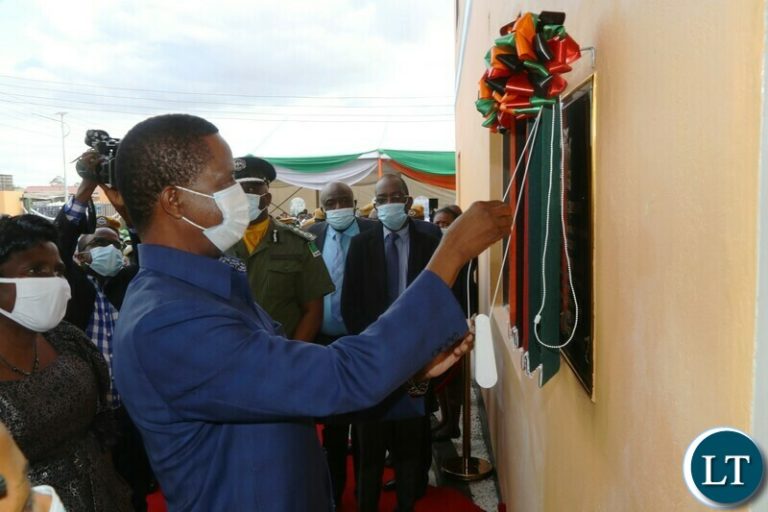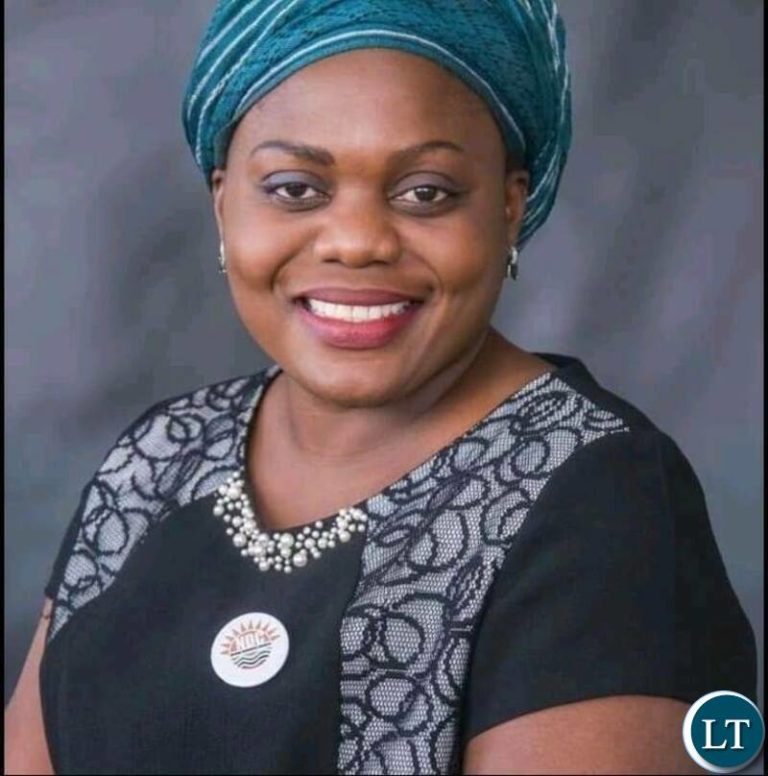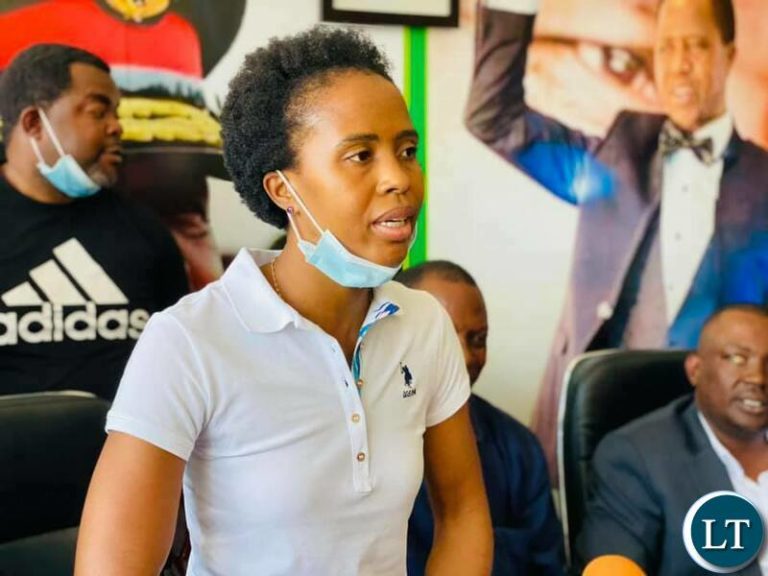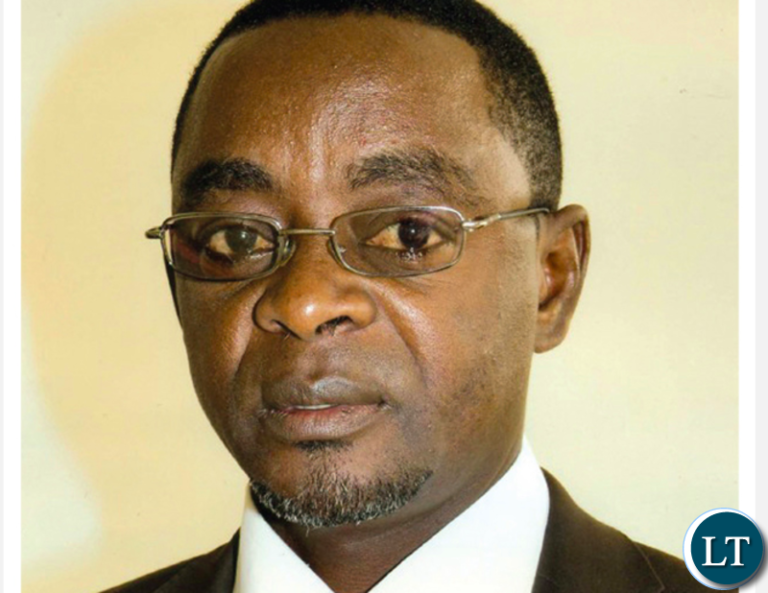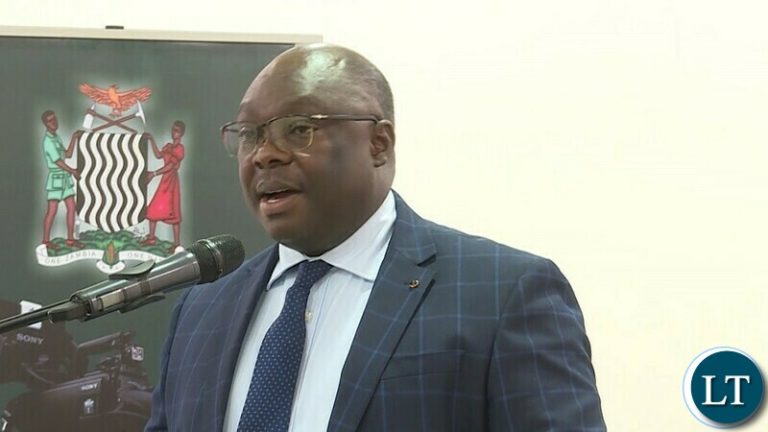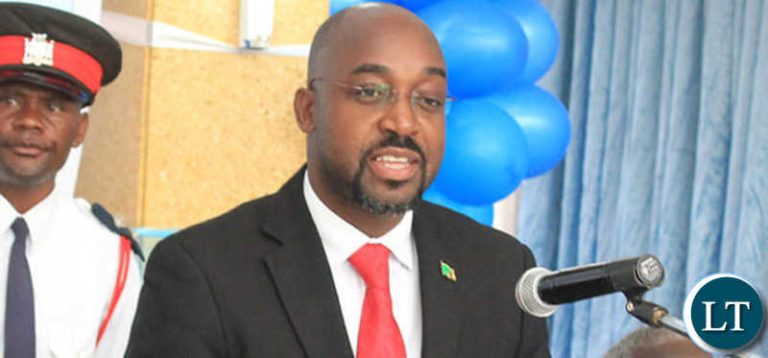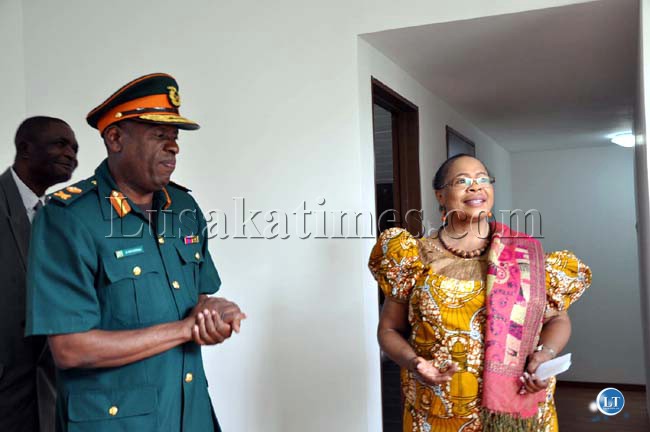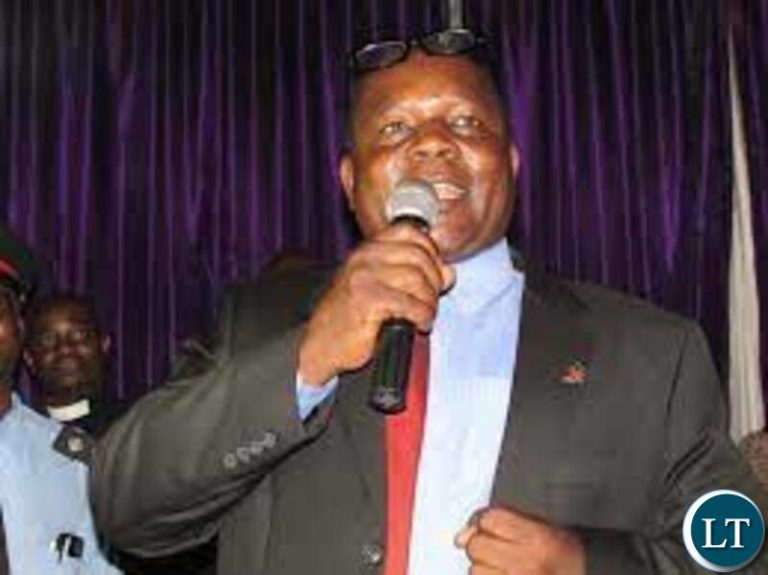By Venus N Msyani,Concerned citizen
“We shall conduct our business in a non-partisan manner and exhibit the highest levels of impartiality and fairness,” reads one of ECZ core values.
Allowing only one party to sell its manifesto does not connect with this value. All political parties should be allowed to campaign for the upcoming August 12th general election in Zambia.
A suggestion that political parties should not hold rallies for the upcoming August 12th general election because of Covid-19 shows that the Electoral Commission of Zambia (ECZ) favors the Patriotic Front (PF) government.
Stopping rallies will not stop PF, the president Edgar Lungu particular, from holding rallies in the name of commissioning finished projects. It will only affect United Party for National Development (UPND) president, Hakainde Hichilema and the rest.
President Edgar Lungu gave a speech at the commissioning of Kazungula bridge. In real sense that was part of a campaign for the upcoming August 12th election and it will be foolish to think that it was the last commissioning event for him before the August election.
In short, if political parties will not be allowed to hold rallies, PF will be the only party campaigning for the upcoming election through commissioning finished projects around the country.
ECZ pretend not to know that:
“We advise all political parties to do away with rallies because they attract huge crowds. They should instead use alternative means such as zoom,” says ECZ Director for Electoral Operations Royd Katongo.
Looking forward to see President Lungu stop travelling around the country to commission finished projects and looking forward to see him commission projects on zoom.
Meanwhile, the spread of Covid-19, which according to health experts can be managed, should not be allowed to destroy our democracy.
Mask and social distancing methods have worked in other countries. In the USA elections activities went on even at a peak of Covid-19.
Today, there is even a vaccine and has been reported Zambia has received consignment of doses of it.
ECZ should be encouraging people to get a vaccine. Not pushing to ban political rallies. Something that directly favors one side.


